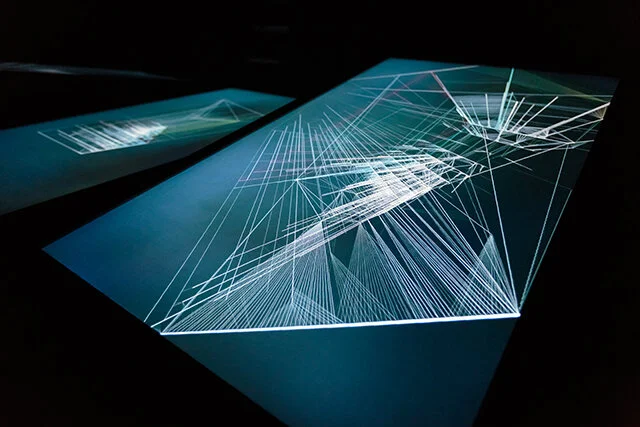07 SPOTLIGHT: RYOICHI KUROKAWA
Berlin-based Japanese artist Ryoichi Kurokawa (born Osaka 1978, moved to Europe in 2008) works with a wide range of media, including installations, full-scale concerts, cinematic screenings and audio recordings. They take the form of multi-channel sounds, coupled with technologically advanced displays, projections and 3D sculptures, and typically create synesthetic experiences through what he terms ‘time-based sculptures’. He has presented all over the world since 1999, both in galleries and in concerts, typically employing multiple screens on which abstract motifs suddenly appear from the dark and multiply or break away, integrated with rippling, throbbing sounds. The images resemble movements of particles in space, or complex chemical reactions - often seeming to build up to an explosion. They visually translate, in Kurokawa’s words, ‘the law of order in elements and the force of energy’, landing somewhere between analogue and digital, full and fragmentary, simple and complex, reactive and contemplative as well as between auditory and visual.
Some of his many projects have used data derived from collaborations with scientists, and here we concentrate on a contrasting pair of those. unfold, 2016 is an abstract visualisation of the lifespan of a star in ten stages – from creation to extinction – enabling the audience to witness stellar evolution. The journey begins with an abstract visualization of the ‘interstellar medium’ – the rarefied composite of gas and dust particles that constitutes the majority of the Milky Way – before moving on to explore the origin of phenomena such as ionisation, turbulence, shockwaves and gravitational collapse. It then tracks the process of nuclear fusion – the energy source that sustains stars such as our own Sun, prompting the formation of an entirely new star as the stellar life cycle is repeated. ad/ab Atom, 2017, dives down to the nanoscopic level of quantum mechanics, focussed primarily on visual data taken from electronic scanning probes, but also employs computational devices such as mathematical models and 3D graphics that were analysed, distorted and deconstructed before being re-created on screen.
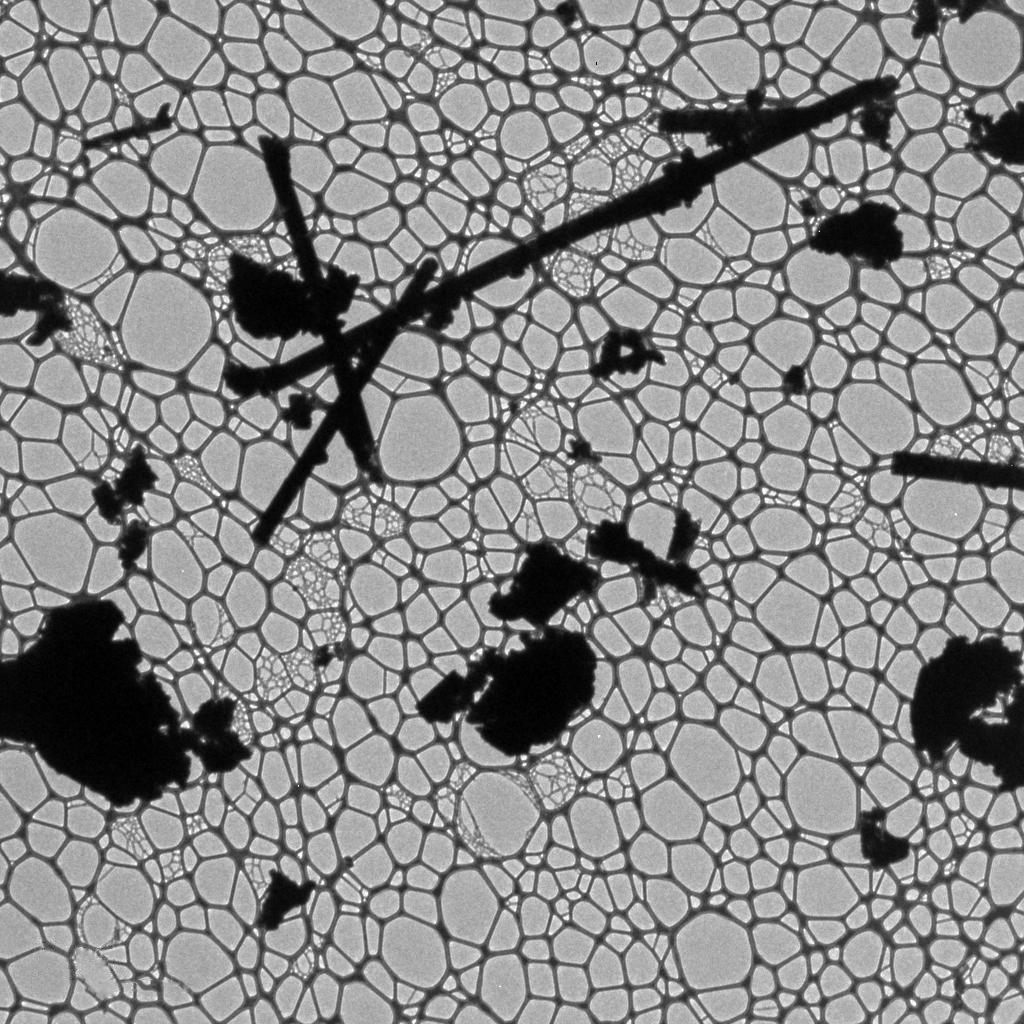
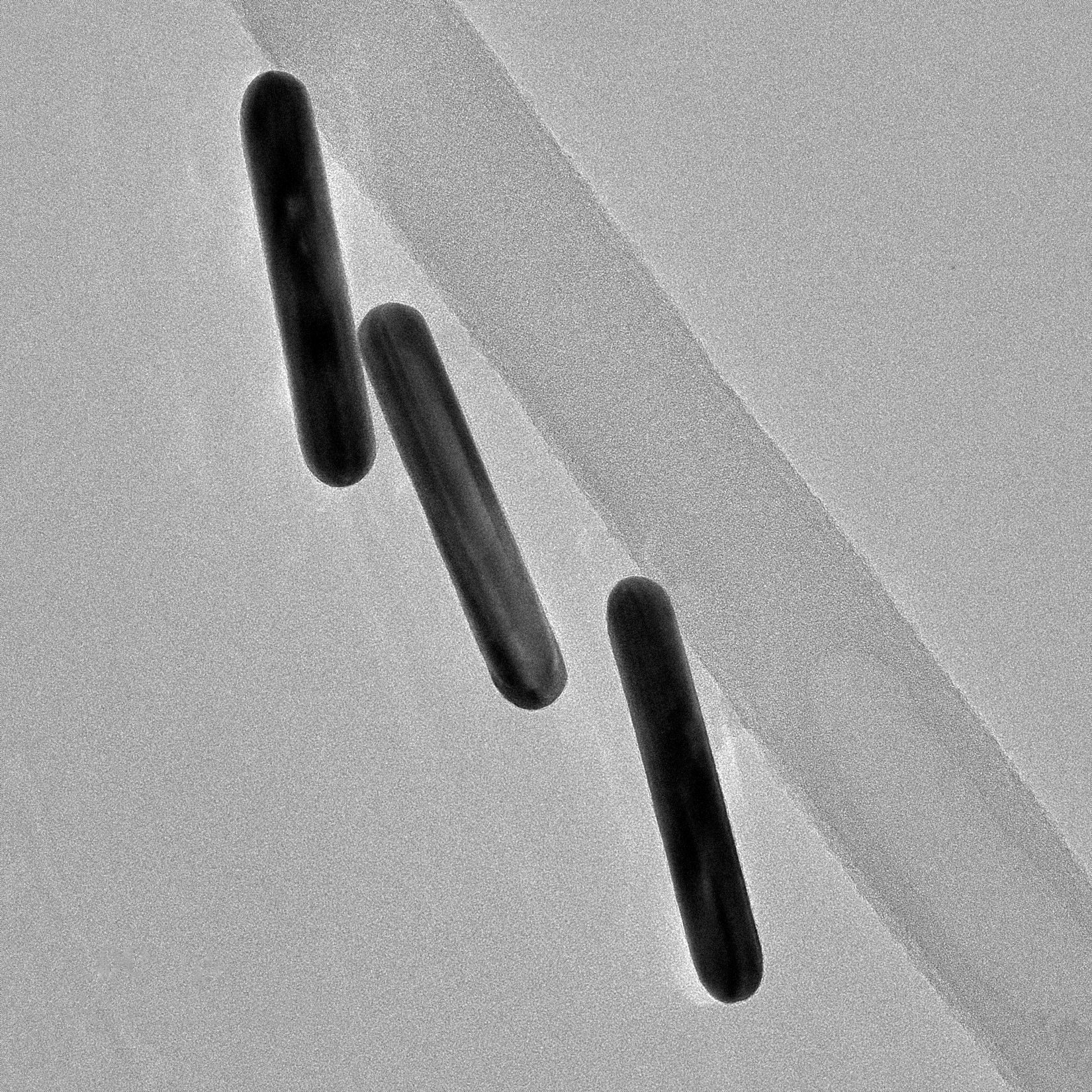

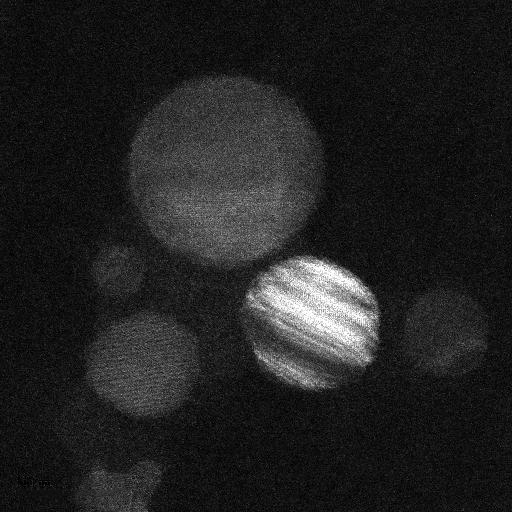
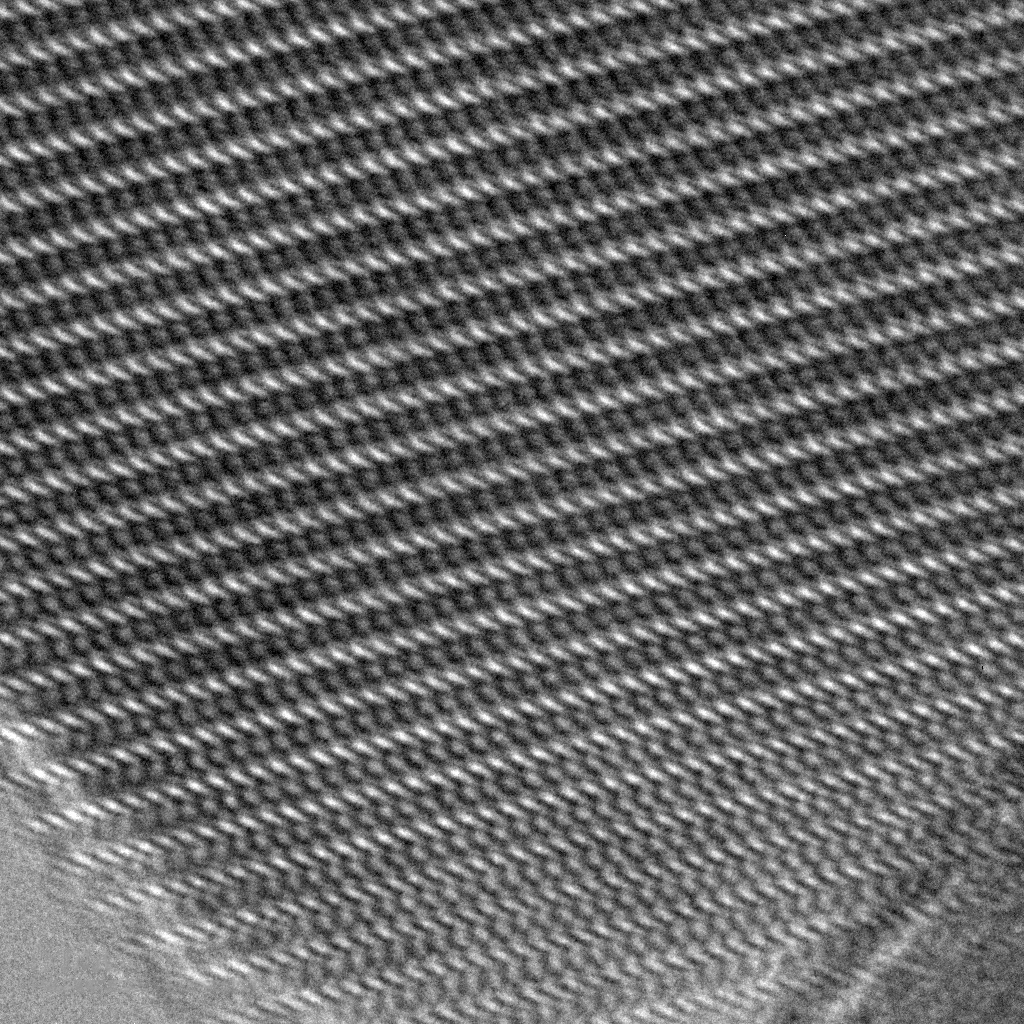



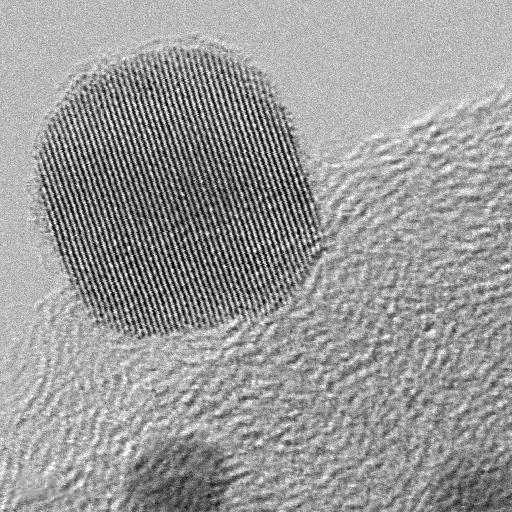
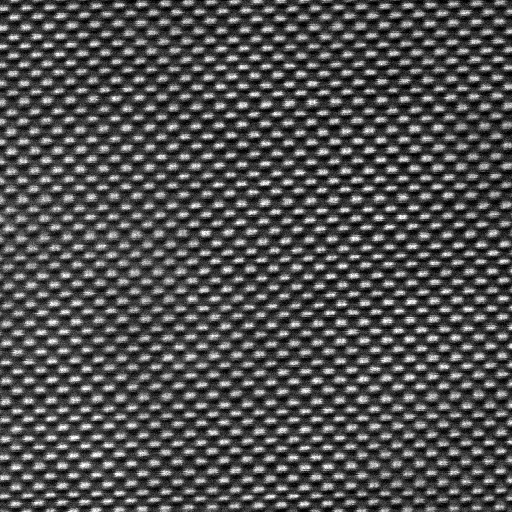
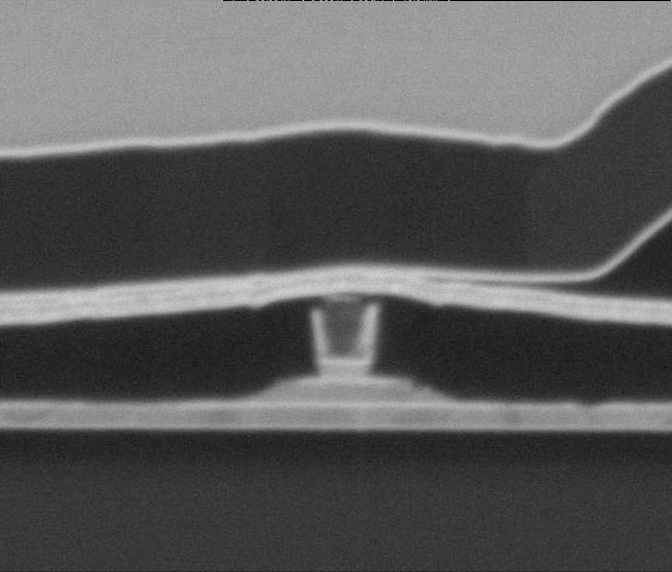

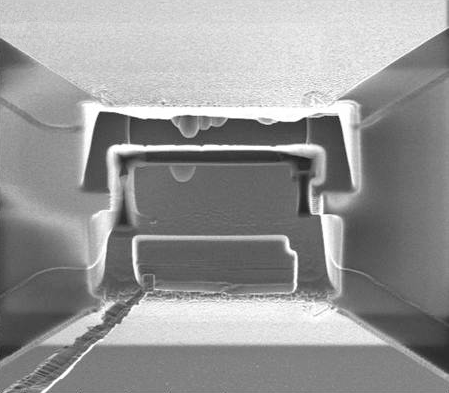

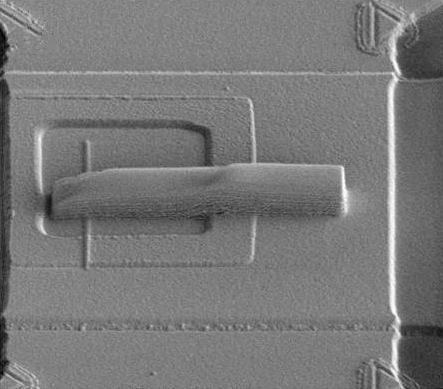
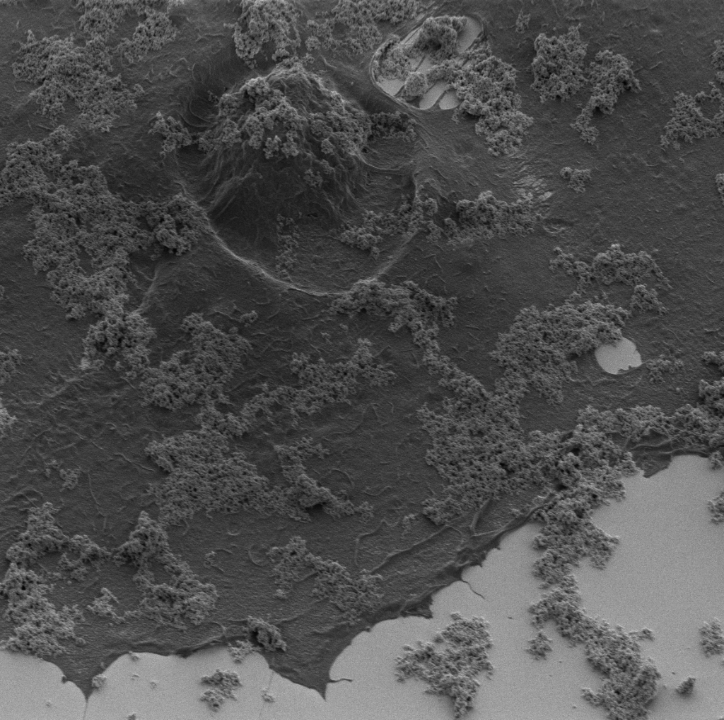
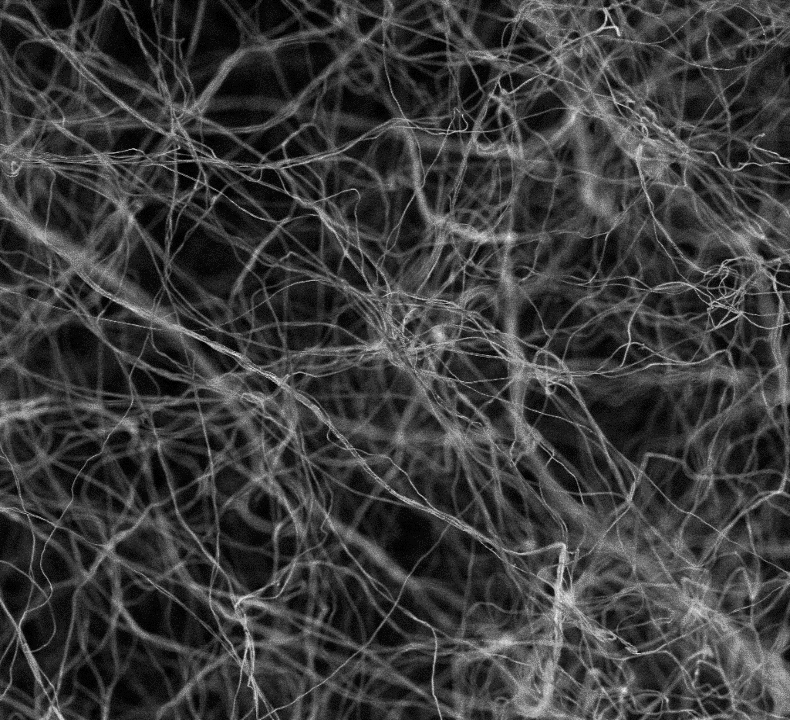
Paul Carey-Kent: What has inspired your high tech combination of science and art?
Ryochi Kurokawa: New technology plays a large part in my artwork, but my work isn’t about showing off technology, that is just the tool I use. I mostly conceive an idea for an artwork out of nature. The natural laws of physics are also an important element and become a trigger for my works. I feel I’m treating physical law at the same level as nature itself.
PCK: What are the creative, technical, and scientific processes involved in unfold and ad/ab Atom?
RK: As with all my collaborations of this type, the scientific process is undertaken entirely by the scientists. After visiting the laboratory or discussing with them, I move into contemplating what I can embody in the artwork using their resources in the most effective way. And through the further discussions based on my draft, I refine the concept and plot, and then ask scientists to gather the more specific scientific data which I want to employ. I don’t use the scientific output in a direct, conventional way, but keep some of the original data points while translating them dynamically as much as possible into artistic renderings. I’m distorting scientific sources, so I don’t think my artworks could provide something to science directly, I consider them more as a gateway for the public.
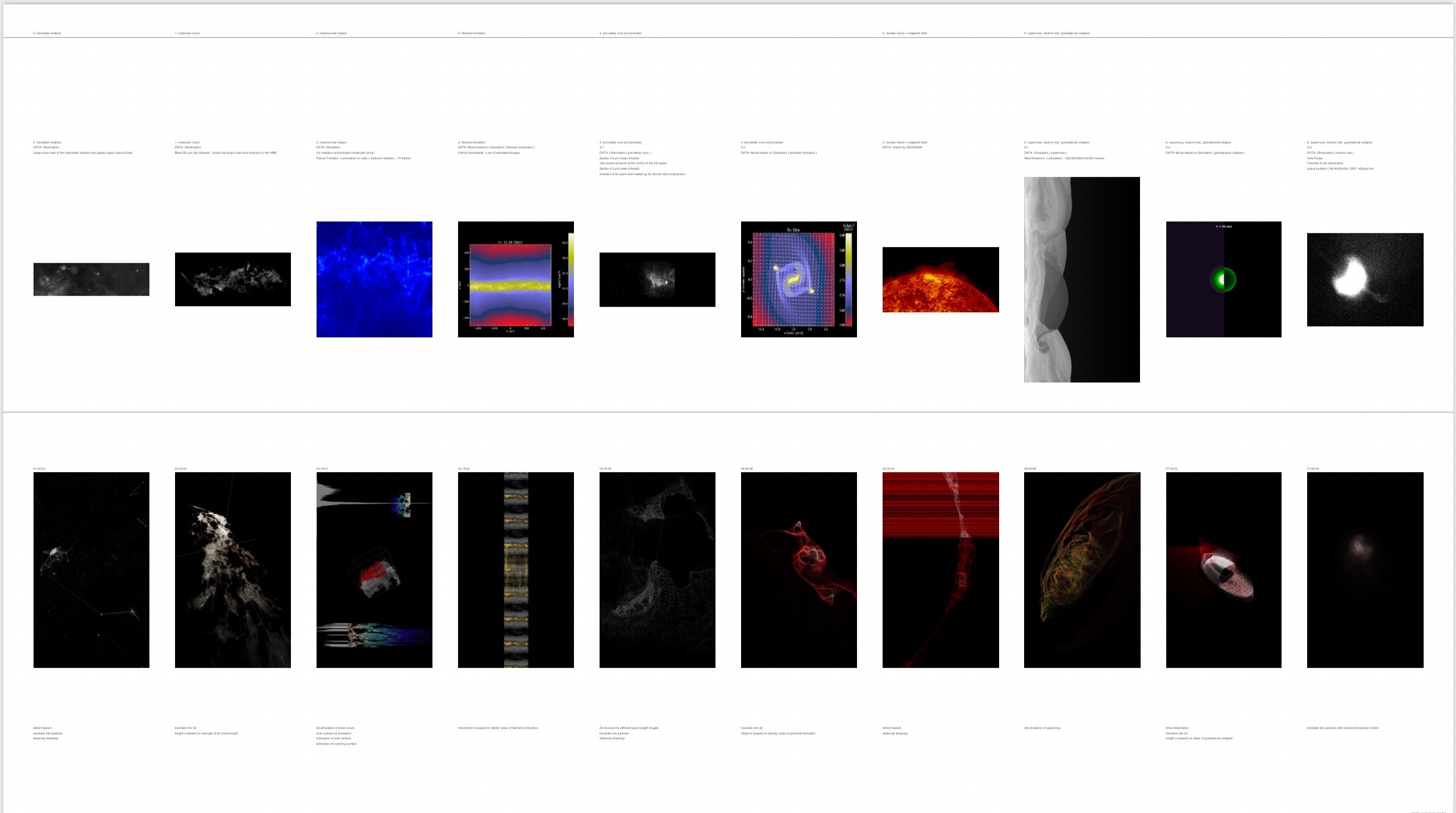
The theme of unfold was stellar formation, while for ad/ab Atom the scale is opposite. They provided a great opportunity to treat both micro and macro scientific materials to create different works. unfold was produced in collaboration with Vincent Minier, an astrophysicist at the Institute of Research into the Fundamental Laws of the Universe, part of the Fundamental Research Division of CEA-Irfu (Paris-Saclay) in France.
I was given access to the Institute’s scientific data, including measurements taken by the Herschel space telescope and simulations generated by supercomputers. These sources were then analysed, filtered and distorted using data-processing software, with the resulting sounds and images composed into an audio-visual composition which – in eight minutes – depicts the lifespan of a star.
ad/ab Atom takes observational image data detected by electron microscopy or scanned probe and computational data such as generated 2D/3D plot and mathematical modelling by the International Iberian Nanotechnology Laboratory (INL) during their research in Braga, Portugal, then filters and distorts the results. It reconstructs scientific data from the nano level so that viewers can experience a distorted highly magnified world, originally shown across seven screens and four audio channels in an eight minute loop.
The term ‘ad’ in the title means ‘to/toward’ etymologically (as a prefix in words of Latin origin) and ‘ab’ means ‘away from’. So it is an abbreviation of the neologism ‘adatom/abatom’ which means ‘to atom/from atom’, where the laws governing nature blur.
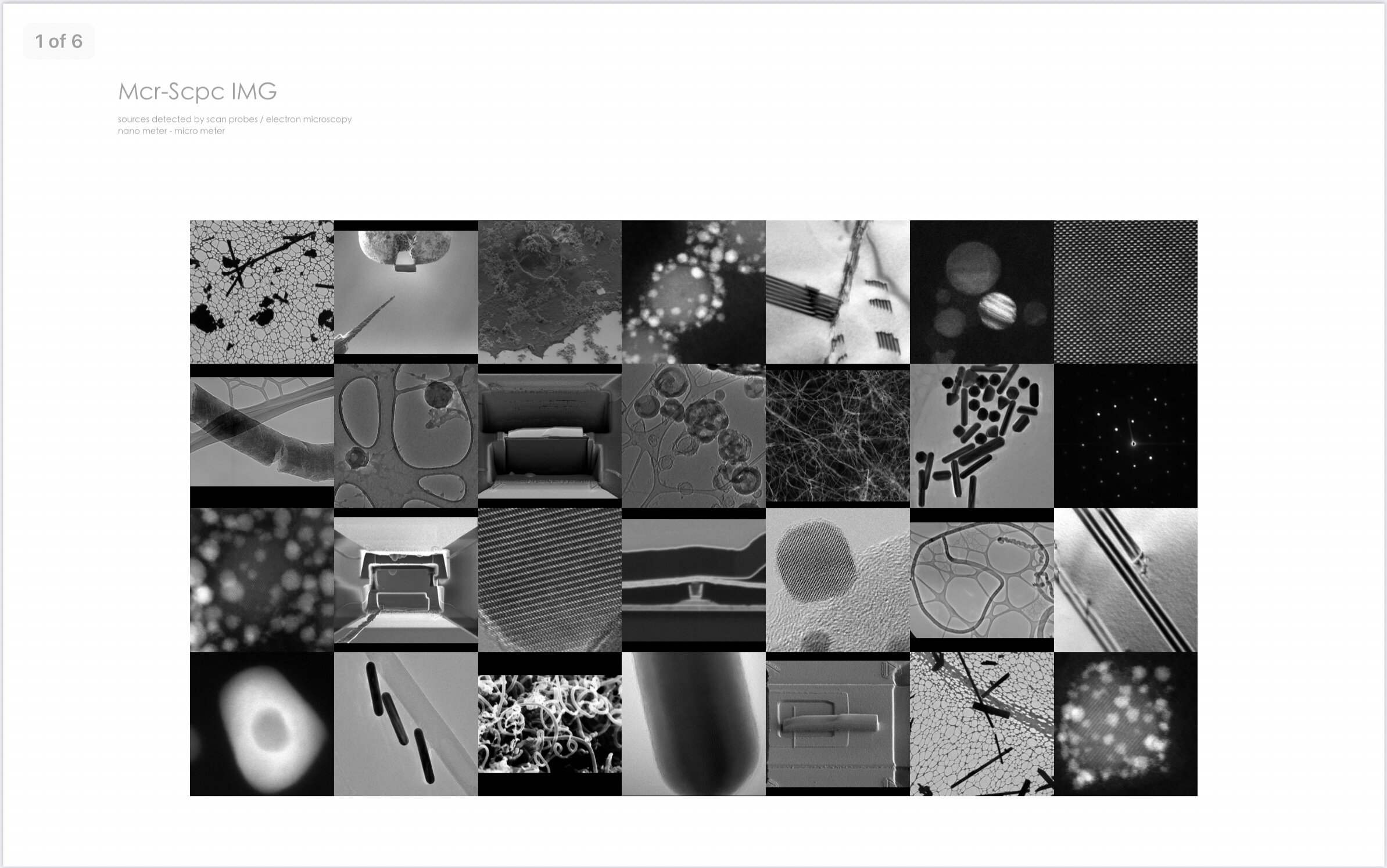

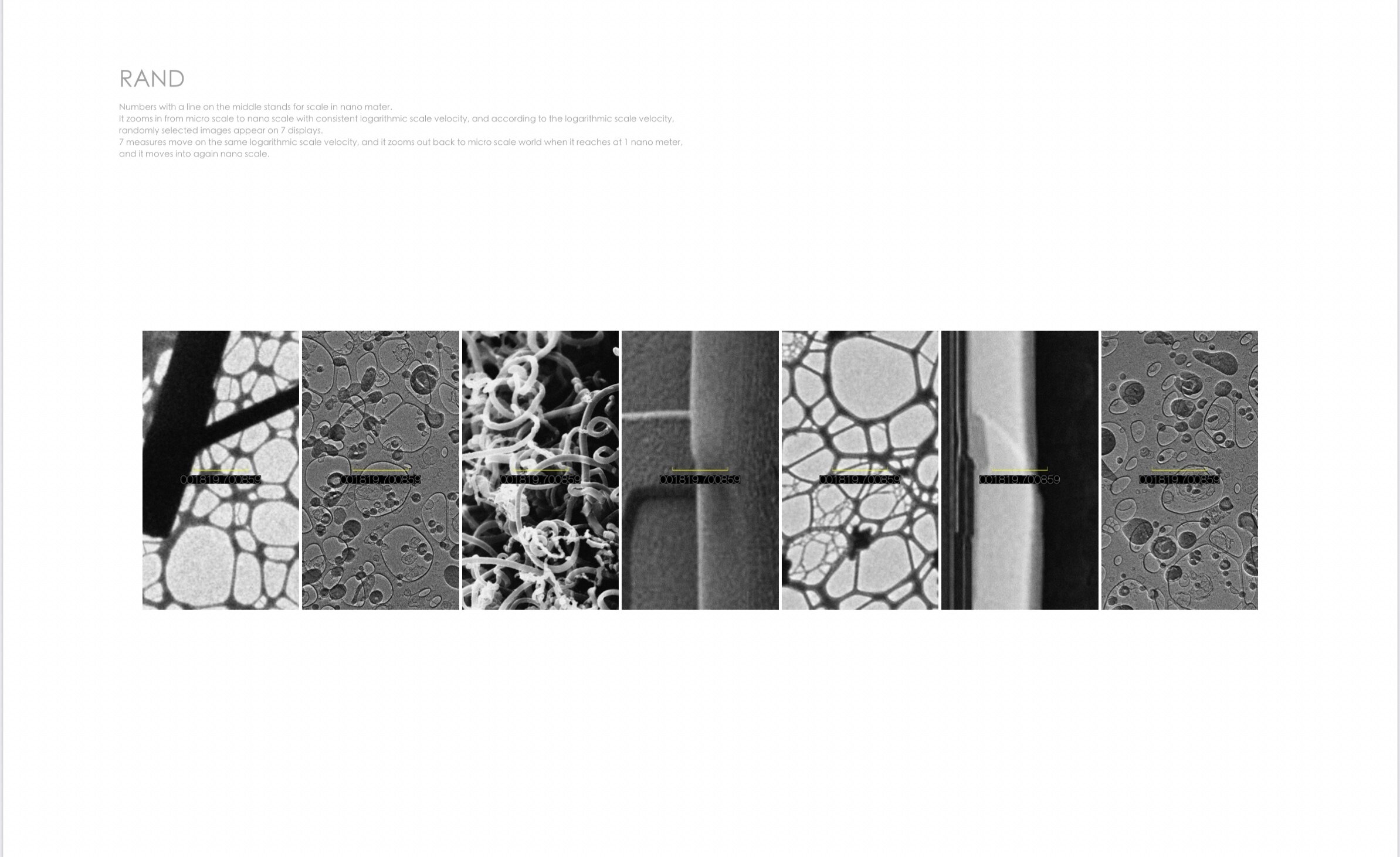
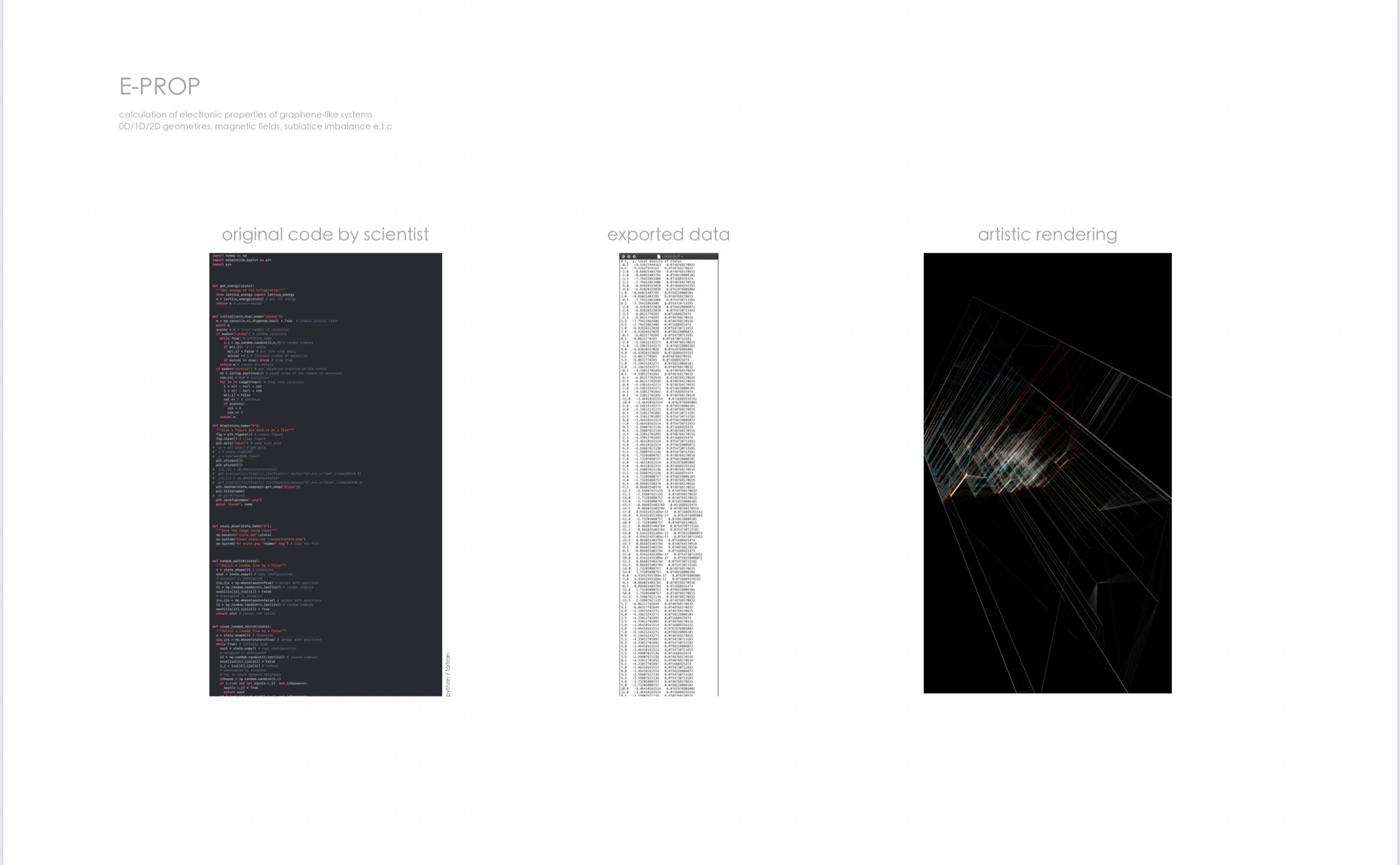
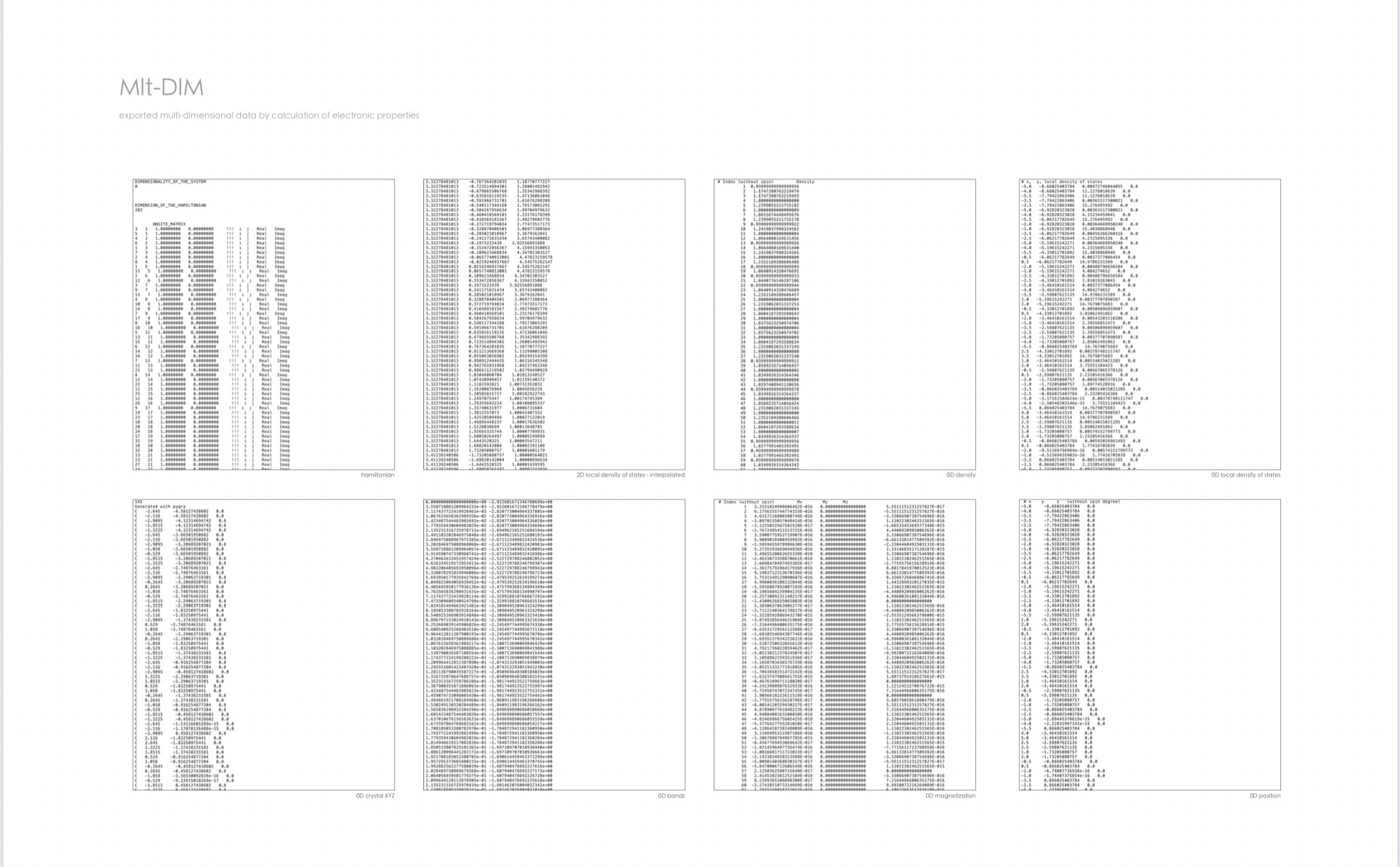
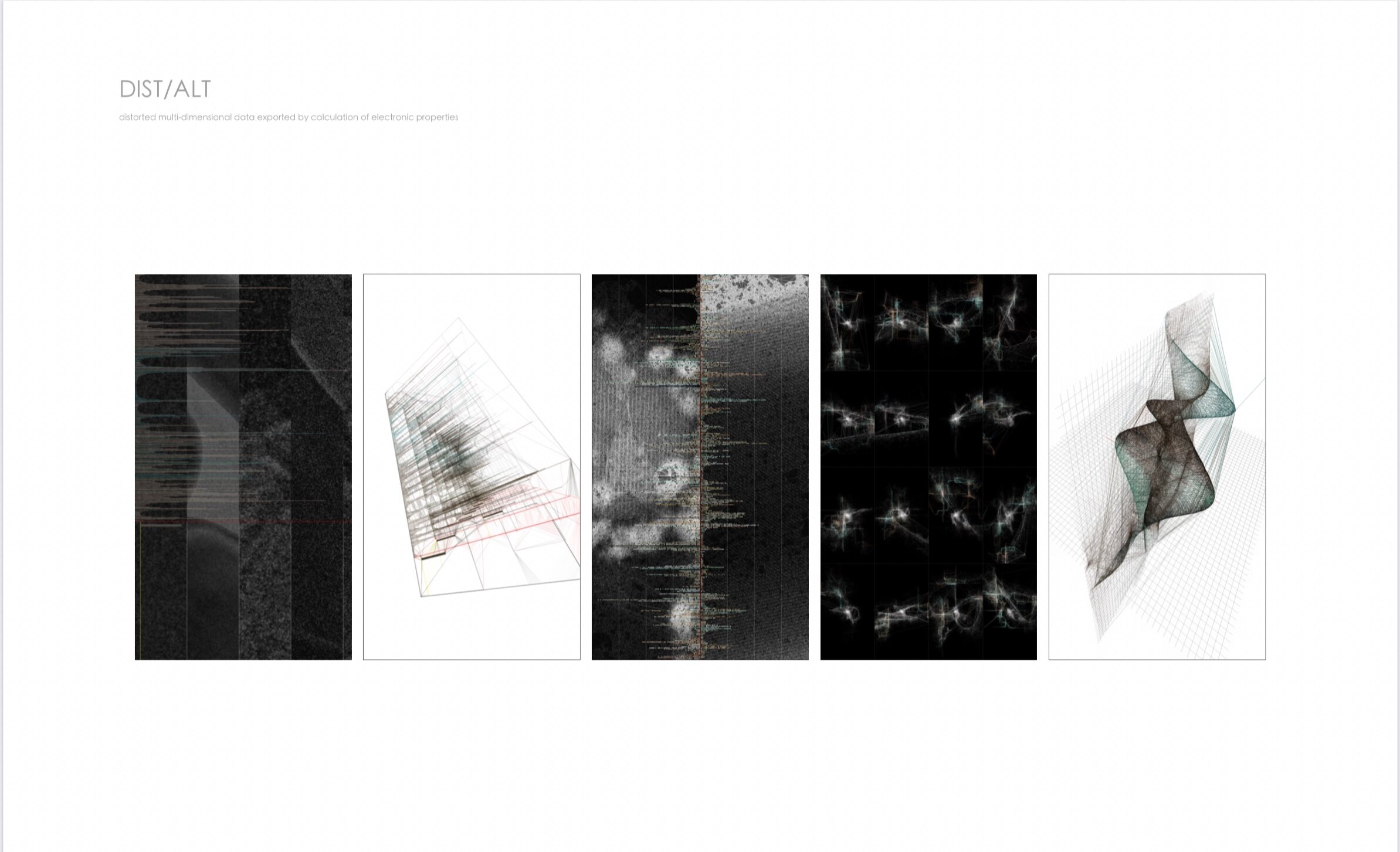
As these are audio-visual works, I consider sound and imagery as a unit, not separately. The images and the sounds come together into my brain - always as the images having sounds and audio having light. Before creation, I already have a finished conception, and I realise that with the computer on which the data is held. This is not about communicating some sort of message, so much as providing a perceptual experience, something where audio and video are in complete unison.
PCK: What are you working on currently?
RK: I'm working on new multi-channel audio-visual/light installations. One of the artworks will use laser scanning data, an approach I’ve been developing over recent years.
PCK: What new aspects of science and technology are you interested to explore for future projects?
RK: I'm interested not only in new technology or new scientific discoveries, but also old techniques or classic scientific research as inspirations, sources or tools. Technology affects not only the creation, but also the perception of my art, providing many possibilities in both aspects. It also inspires my collaborative projects with scientists – though it is important not to produce superficial work which relies merely on the impact of using the science without achieving artistic transformation.
PCK: Where can we find your work currently?
RK: Two immersive installations are on view: Líthi, sound and laser/strobe installation at KAMU Contemporary Art Museum in Kanazawa in Japan; and cubic projection with quadraphonic sound installation s.asmbli [wall] at OCT-LOFT in Shenzhen in China.
For more on Ryochi Kurokawa, please visit: http://www.ryoichikurokawa.com/
All images and videos shown courtesy of © 2021 Ryoichi Kurokawa

